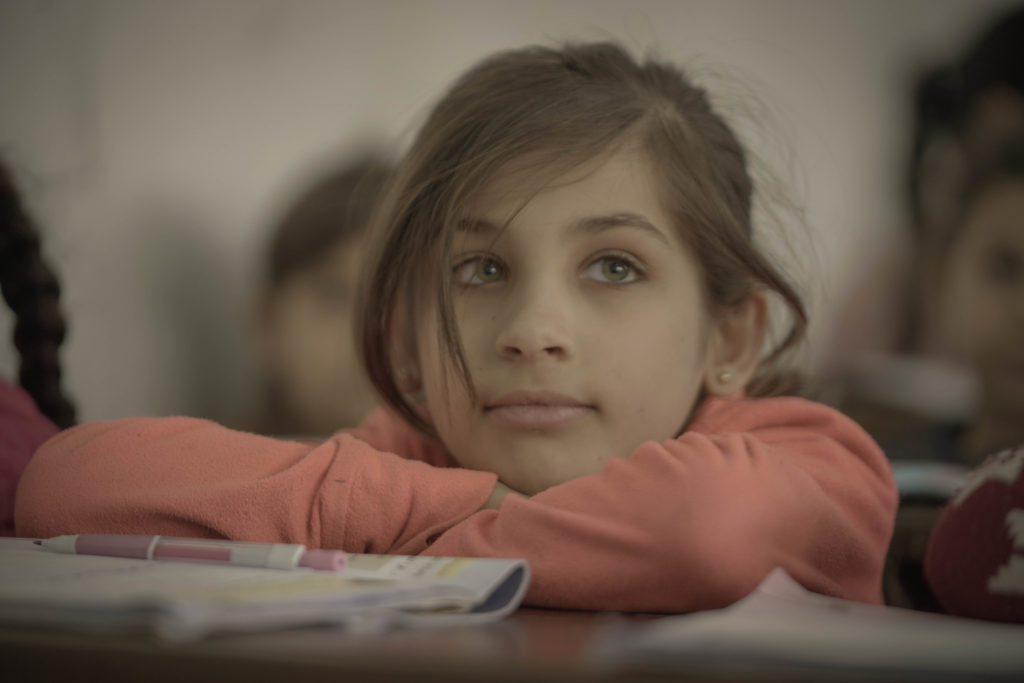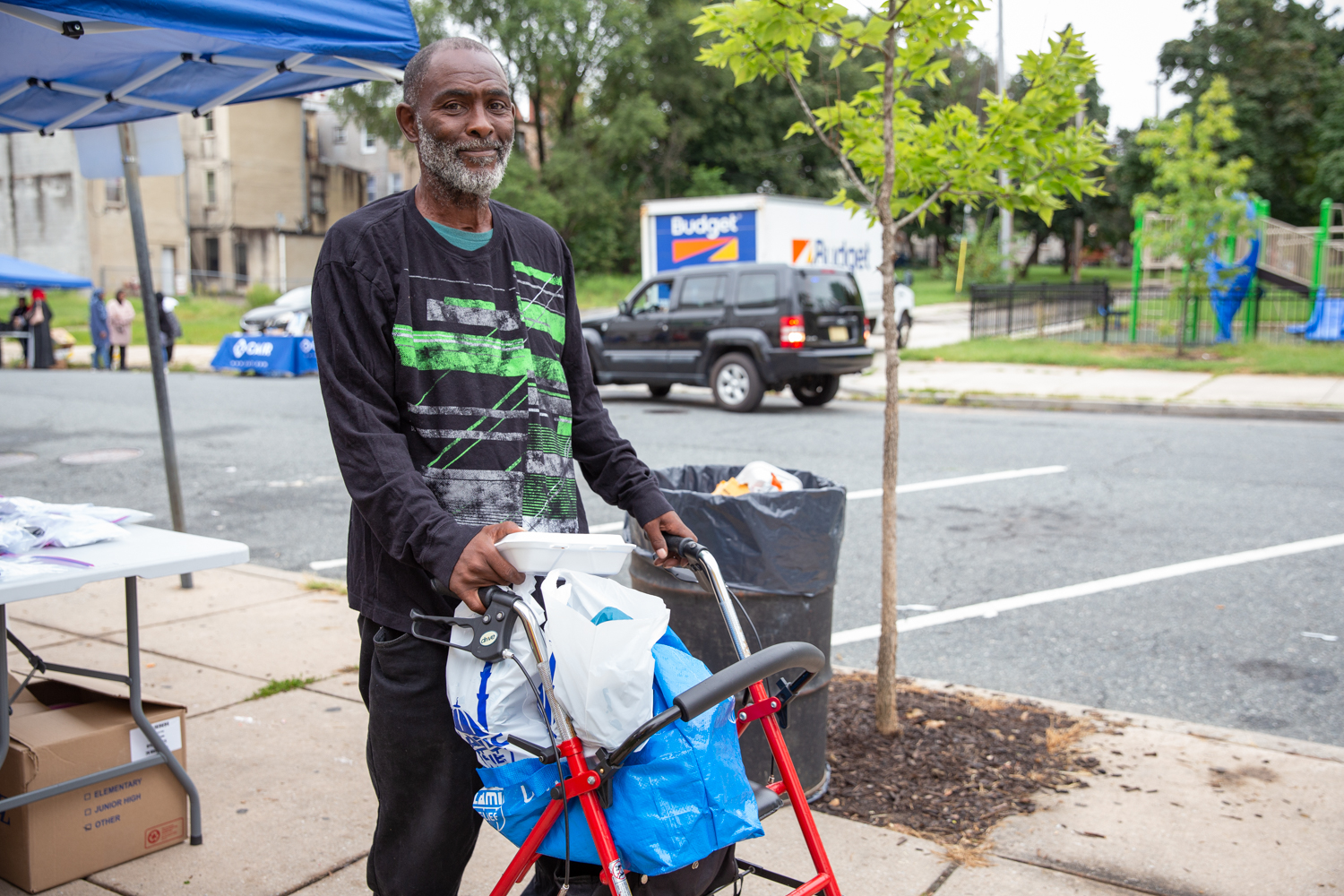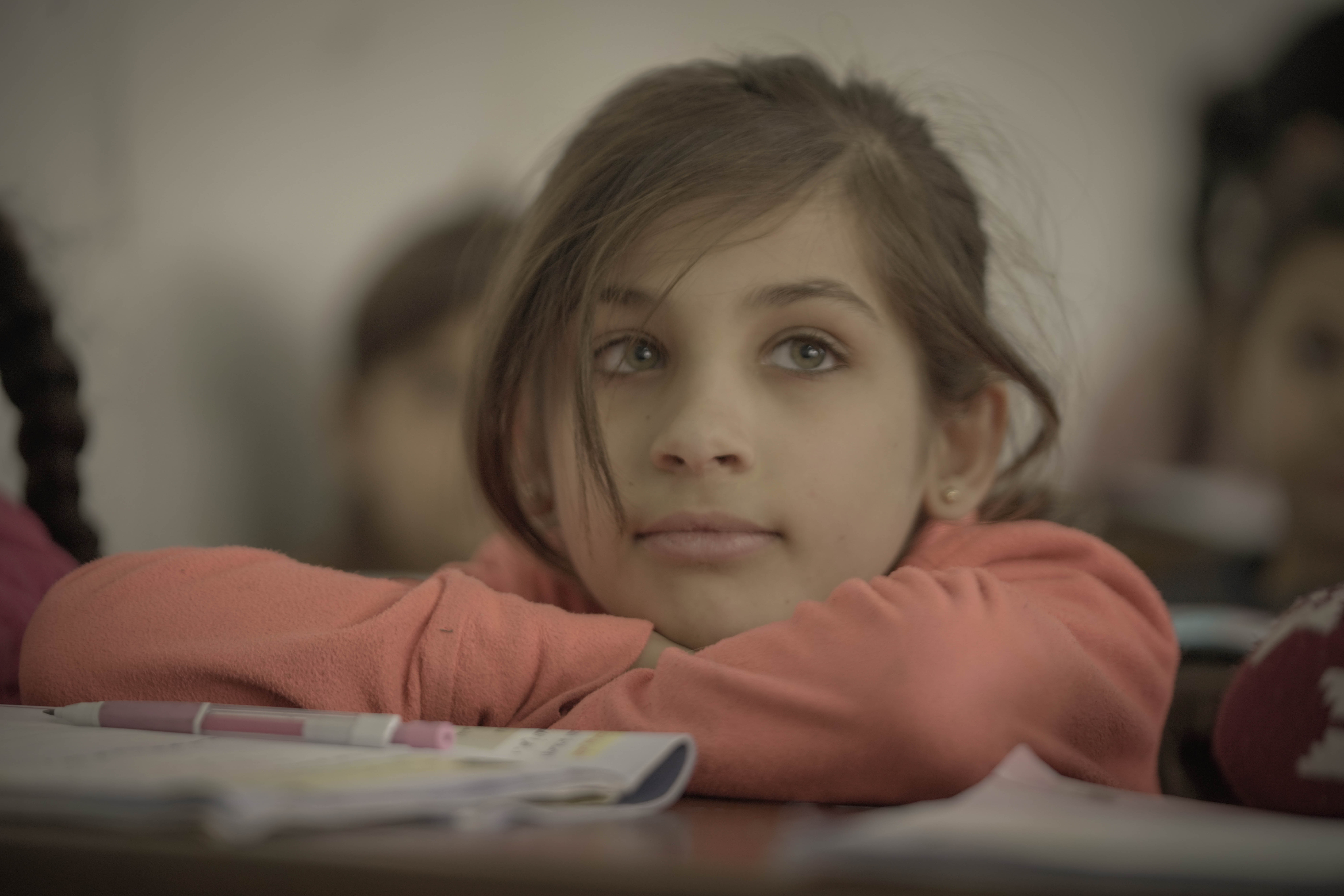
Syria: Eleven Years Long
The eleven years since Syria fell
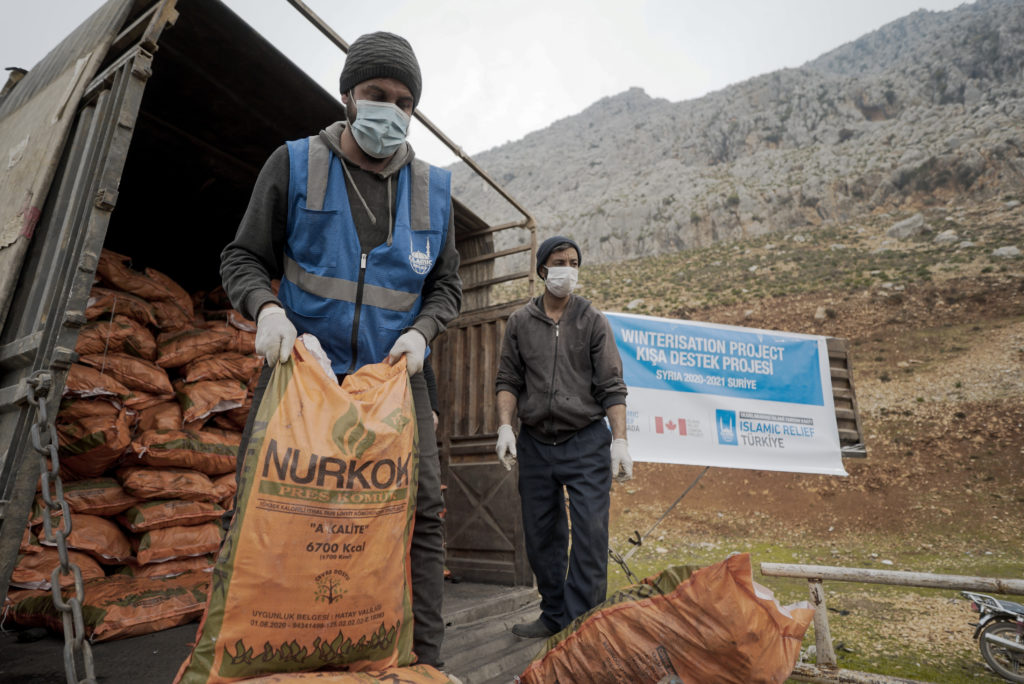
The Israeli occupation of Palestinian territories and the Syrian Golan, as well as the impacts of COVID19, create a crisis within a crisis for millions of people living there.
In the age of social media and interconnectedness, it would be a travesty to ignore the grim situation that is currently occurring in Syria.
All that numerous Syrian children have known throughout their lives is war. These dismal conditions have adversely affected their psychological, physical, and social wellbeing, endangering the eventual fate of children who will one day need to rebuild Syria.
Humanitarian groups are unable to access many conflict zones, and there is not enough information about the needs of civilians. 80% of Syrians live in extreme poverty, with only $1.9 in their pockets per day to support them.
History of the Syrian Refugee Crisis
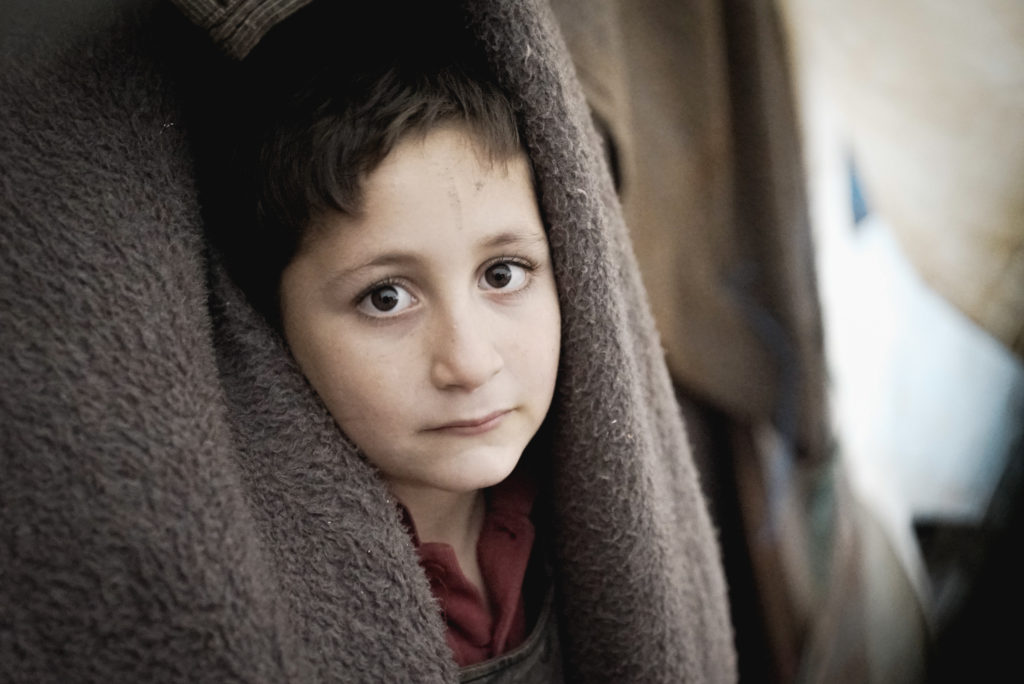
The Syrian refugee crisis is a humanitarian emergency resulting from the Syrian civil war, which began on March 15, 2011.
Hundreds of thousands of children and their families have been affected by the conflict in Syria, and more than four million refugees have fled to neighboring countries.
Over 400,000 children have been born into displacement in the past six years, according to the UNHCR. Many of these children are traumatized by the violence they have witnessed or experienced, and they miss out on an education as a result.
The majority of Syria’s population has been uprooted, including 13.5 million Syrians. Of these, 6.8 million are evacuees and asylum seekers who have escaped the country. (Asylum-seekers are individuals who’ve applied for exile status, yet have not yet been allowed it.) The rest, 6.7 million individuals, stay in Syria however are dislodged from their homes. That implies they’re internally uprooted.
Syrians fleeing violence in their nation frequently leave everything behind. They require the essentials to sustain their lives: food, clothing, healthcare, shelter, and household and hygiene items. Refugees also need dependable access to clean water, as well as sanitation facilities. Children need a secure environment and a chance to play and go to school. Adults need occupational opportunities in cases of long-term displacement.
When life becomes unbearable, Syrians flee their homes. Here are some of the main reasons they cite:
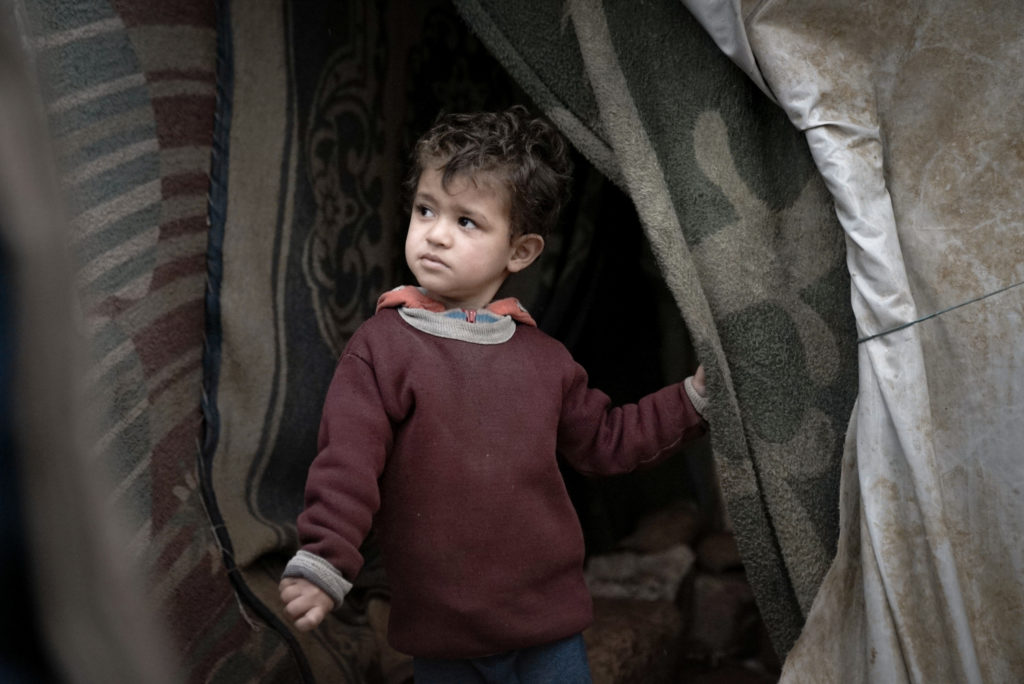
According to the Syrian Observatory for Human Rights, over 606,000 people have been executed since the Syrian civil war began, including more than 25,000 children. Since external powers entered the conflict, the war has become more deadly.
Infrastructure collapse: In Syria, only 53% of hospitals and 51% of healthcare facilities are fully functional, and more than 8 million people do not have access to safe drinking water. An estimated 2.4 million children are unable to attend school. The conflict has shattered the economy, and more than 80% of the population lives in poverty.
Children in danger and distress: Syrian children – the nation’s hopes for the future – have lost loved ones, sustained wounds, missed years of education, and been subjected to unimaginable violence and callousness.
Millions of Syrian children have lost their childhood to the conflict, as well as their long-term physical and mental well-being. During this crisis, many children have been left without family and friends, suffering physical and psychological trauma, and having no access to education.
The following threats specifically affect children:
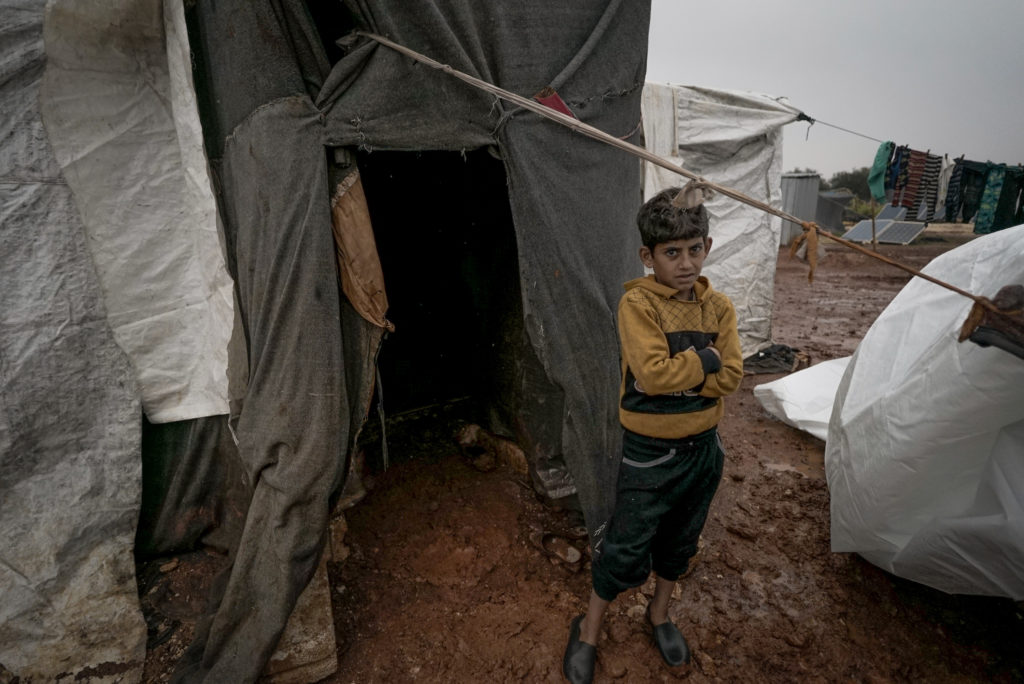
Malnutrition and illnesses: Children are susceptible to infections caused by poor sanitation and hygiene, including diarrheal conditions like cholera. They may miss vaccinations and regular health checks, especially in cut-off areas. In poor housing, cold rainfall increases the threat of pneumonia and other respiratory infections. Lack of access to nutritious foods weakens them more.
Many exiled children have to work to support their families. Most often, they work in dangerous or unfair conditions for little pay. In addition to forcefully retaining children, warring parties frequently use them as fighters or mortal securities, and in support facilities, according to the State Department’s Trafficking in Persons Report.
Child marriage and abuse Syrian children are more vulnerable to sexual abuse and exploitation in the strange and overcrowded conditions present in exile camps and informal housing arrangements.
Without an acceptable income to support their families and fearful of their daughters being molested, parents may opt to arrange a marriage.
Lack of education opportunities in Syria: the war undid two decades of educational progress. One in three academy-aged children isn’t in school. Numerous classes are suspended because structures were damaged or destroyed, or are being occupied by military groups or displaced people.
Here’s how you can help by joining hands with IRUSA:
Donors like you have made critical resources such as medical aid, hygiene kits, education development, women’s empowerment programs, and more available for thousands. With your unrelenting compassion and support, IRUSA can deliver more relief for people in need of aid.
